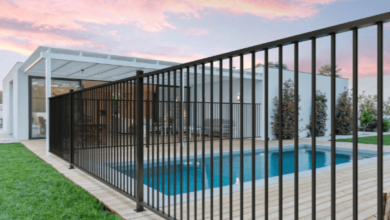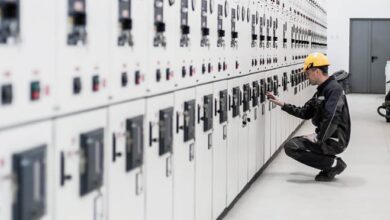How Proper Pipe Insulation Can Lead to Energy Savings and Increased Efficiency

The concept of energy conservation has become increasingly relevant, especially given the growing focus on sustainable living. While many homeowners focus on high-profile solutions like installing solar panels or smart thermostats, there is another, often-overlooked opportunity for energy savings: pipe insulation. Proper insulation of the pipes that carry hot and cold fluids through your home can lead to significant energy savings and increased efficiency. This article dives into the importance, benefits, and considerations of pipe insulation.
The Importance of Pipe Insulation
Heat loss through pipes is a common issue in many homes, leading to higher energy costs and inefficient heating and cooling systems. Insulating your pipes can mitigate these problems, leading to a more efficient home.
Benefits of Proper Pipe Insulation
Energy Savings
Proper insulation of hot water pipes can minimize heat loss, reducing the amount of energy needed to heat water. According to the U.S. Department of Energy, insulating your hot water pipes could lead to a 3% to 4% increase in energy efficiency. Over time, this translates into significant savings on your energy bills.
Increased Efficiency
With pipe insulation, your water heater doesn’t have to work as hard to maintain desired water temperatures. This can extend the life of your heating or cooling system and reduce maintenance costs.
Reduced Carbon Footprint
Saving energy not only saves you money but also contributes to the reduction of your carbon footprint. A more energy-efficient home is good for the planet, making pipe insulation an eco-friendly choice.
Preventing Pipe Freezing
In colder climates, insulating pipes can prevent the water inside from freezing, which could otherwise lead to expensive damage.
Comfort and Convenience
With better insulation, hot water in the pipes stays hot for longer periods, meaning you don’t have to run the tap for an extended period before reaching your desired temperature. This saves both water and energy.
Considerations When Installing Pipe Insulation
Material Choice
Pipe insulation comes in a variety of materials, including foam, fiberglass, and rubber. The choice of material depends on several factors like pipe location, temperature extremes, and budget.
Installation Complexity
While some insulation materials come with adhesive backing and are easy to install, others may require professional installation, especially for hard-to-reach pipes or complex plumbing systems.
Cost
The cost of pipe insulation varies depending on the material and labor costs if you hire professionals. However, this should be viewed as an investment, as the energy savings will eventually outweigh the initial costs.
Maintenance
Over time, insulation material can degrade and may need to be replaced. It’s crucial to regularly check the state of the insulation to ensure it continues to function effectively.
Conclusion
The benefits of proper pipe insulation go beyond mere energy savings to include increased efficiency, a reduced carbon footprint, and even the prevention of pipe freezing. However, to make the most out of your pipe insulation, it is essential to choose the appropriate material, consider the complexity of installation, and understand the ongoing maintenance requirements. Overall, insulating your home’s pipes is a savvy, long-term investment that pays off in both financial savings and environmental impact.




